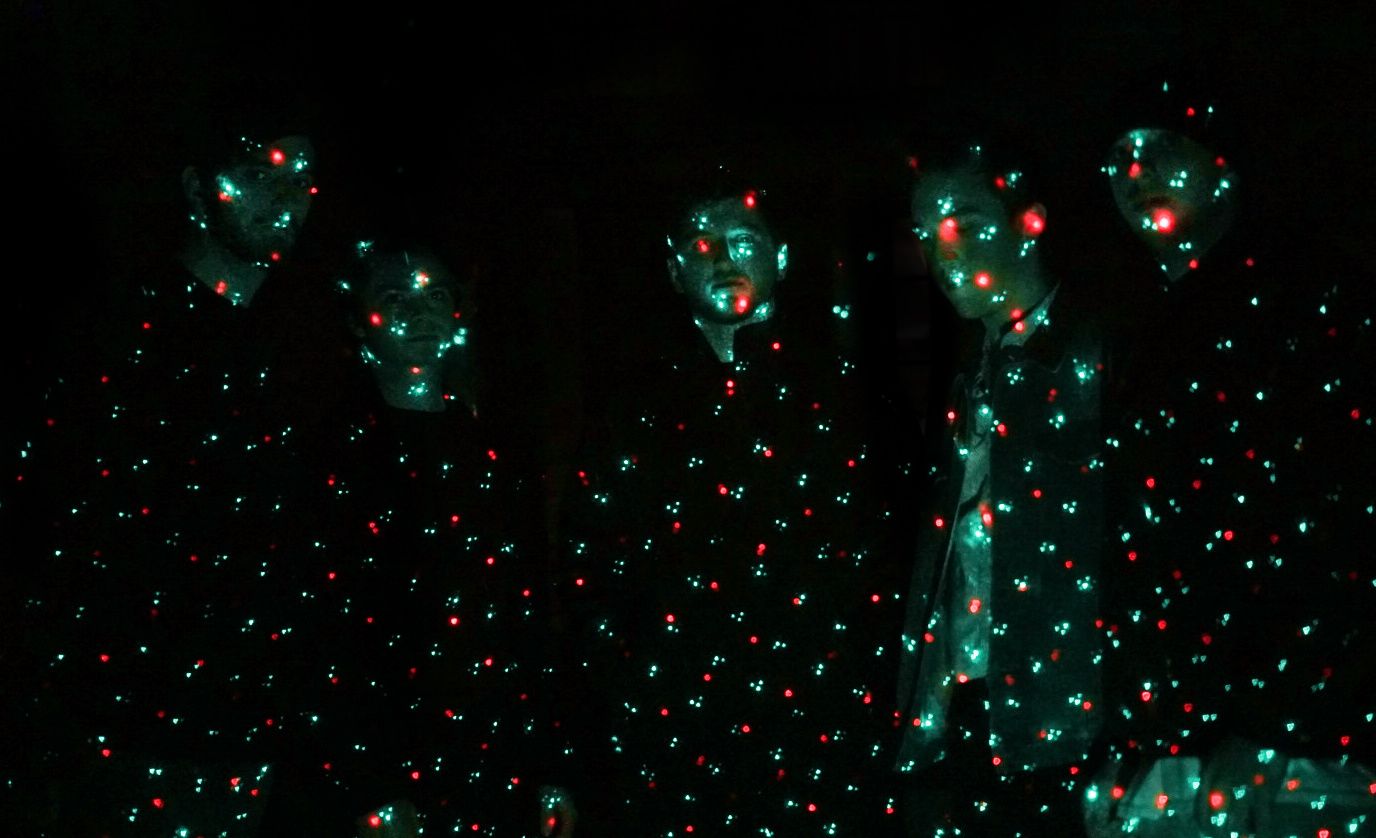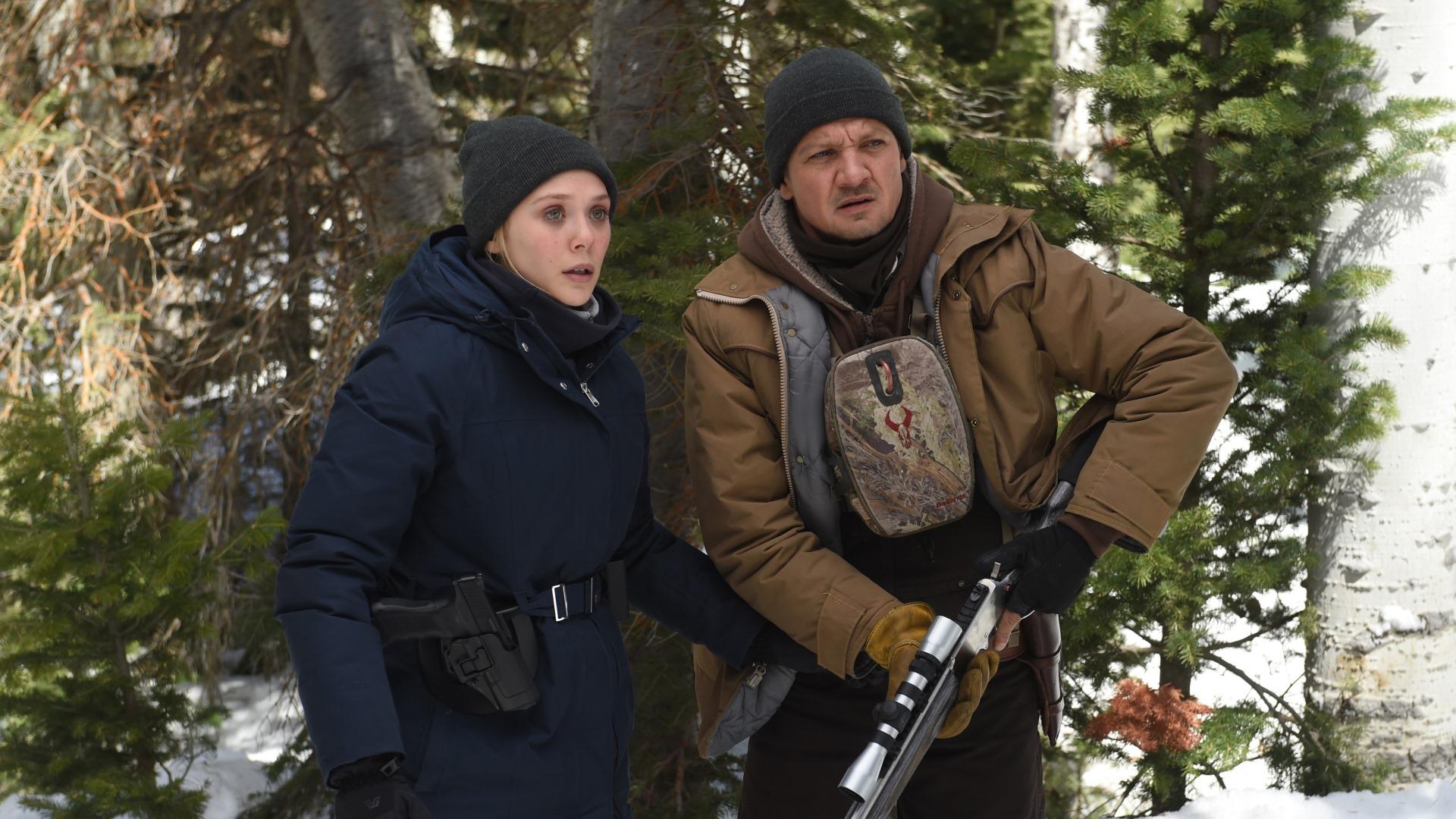The following review is coverage for the Twin Cities Film Fest.
Inspiration porn is a term most often ascribed to films about the disabled where the purpose of the film is not to exemplify the life of a disabled person but to turn that person into a prop for the audience’s inspiration. Often these characters are reduced to simply being their disability, devoid of agency or motivation as it relates to anything beyond their disability. This frames the disabled as reductive sketches that serve as beacons of hope to those of us who aren’t disabled, to allow us optimism that if we are one day in their position we might find the strength to live through our disability. As one can imagine, it’s pretty dehumanizing for the disabled to have their lives portrayed as constant struggles to be overcome, but again and again studios push these films with a primary agenda of getting the able-bodied actor inevitably portraying the disabled character some awards attention. Breathe is a textbook example of inspiration porn, and it falls directly into all the forced and diminutive trappings of its brethren.
Andrew Garfield takes his turn stabbing at the Eddie Redmayne Oscar gold as Robin Cavendish, a man who contracted polio in the late 1950s and, despite doctors’ expectations, lived for decades with full-body paralysis. During that time, Cavendish, with the help of his wife Diana (Claire Foy) and an engineer friend Teddy Hall (Hugh Bonneville), conceptualized mechanisms that would allow him to carry his life-saving respirator to his home and, eventually, to a wheelchair with its own internal power source. This invention spawned a revolution in which the severely disabled were not restricted to hospital rooms, which Cavendish likened to prisons.
That aspect of Cavendish’s life would actually make for an engaging narrative of struggle against an entrenched establishment, but Breathe treats those exploits as a relatively easy and small part of Cavendish’s life. Instead, the primary conflict of Breathe is in watching Cavendish realize he wants to live and then finding something to do with that life. In essence, what Breathe advocates is that the very act of living with Cavendish’s disability is a narrative conflict worth devoting an entire film to, which in turn strips the film of any actual conflict once you realize that you’re just watching a series of technological advancements fetishized for an able-bodied audience’s viewing pleasure.
Garfield can’t even invest his performance with any sort of gravitas, dopily smiling his way through nearly every scene and letting his wheelchair prop inform the rest of Cavendish’s characterization. Director Andy Serkis—yeah, that Andy Serkis—manages to craft a film that is at least competent in its construction and coherent in its telling, but there just isn’t a story here to tell. It’s just scene after scene of Cavendish with his friends and family, loving each other as they devise more and more ways to make him more mobile over the years. That’s not a narrative; it’s a highlight real. But because the film expects that the audience will see the very act of Cavendish’s daily life as an engaging conflict, it leans heavily into throwing a pity party for a man’s physical condition when his interesting struggles came from engaging with a society that resisted accommodating and integrating him and other disabled people into its structure. Alas, as far as mainstream studio cinema is concerned, the disabled are still merely props for us to aspire in matching their bravery. Maybe it’s time we told their stories with some empathy rather than pity.













